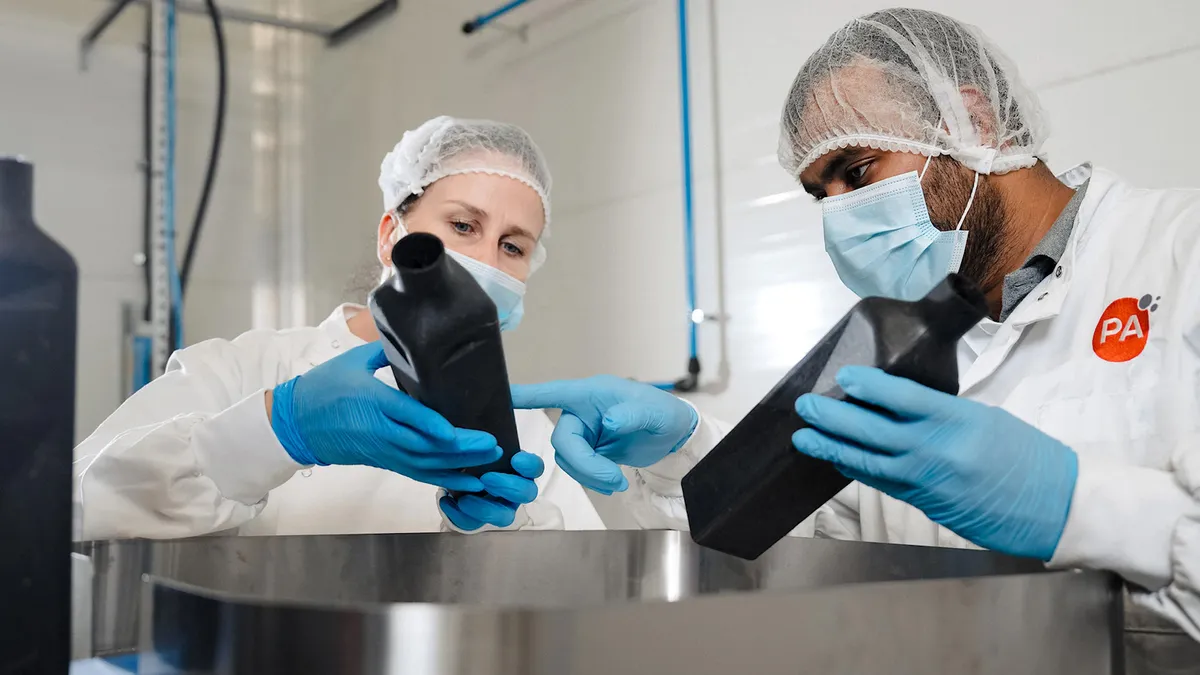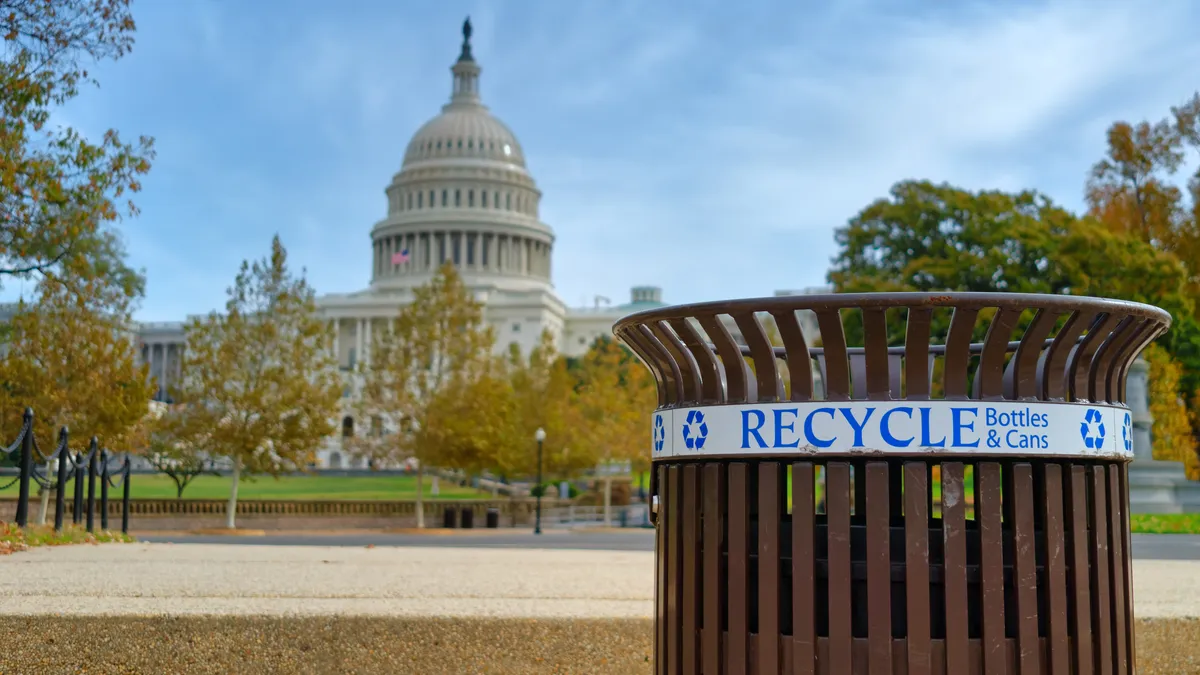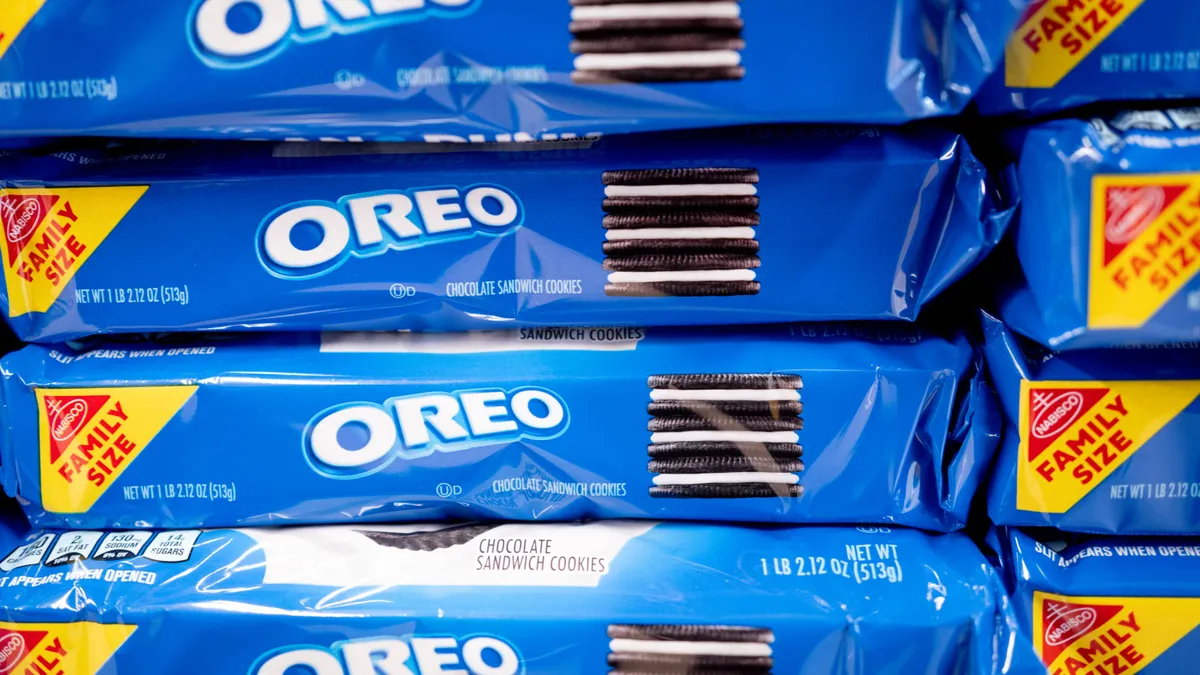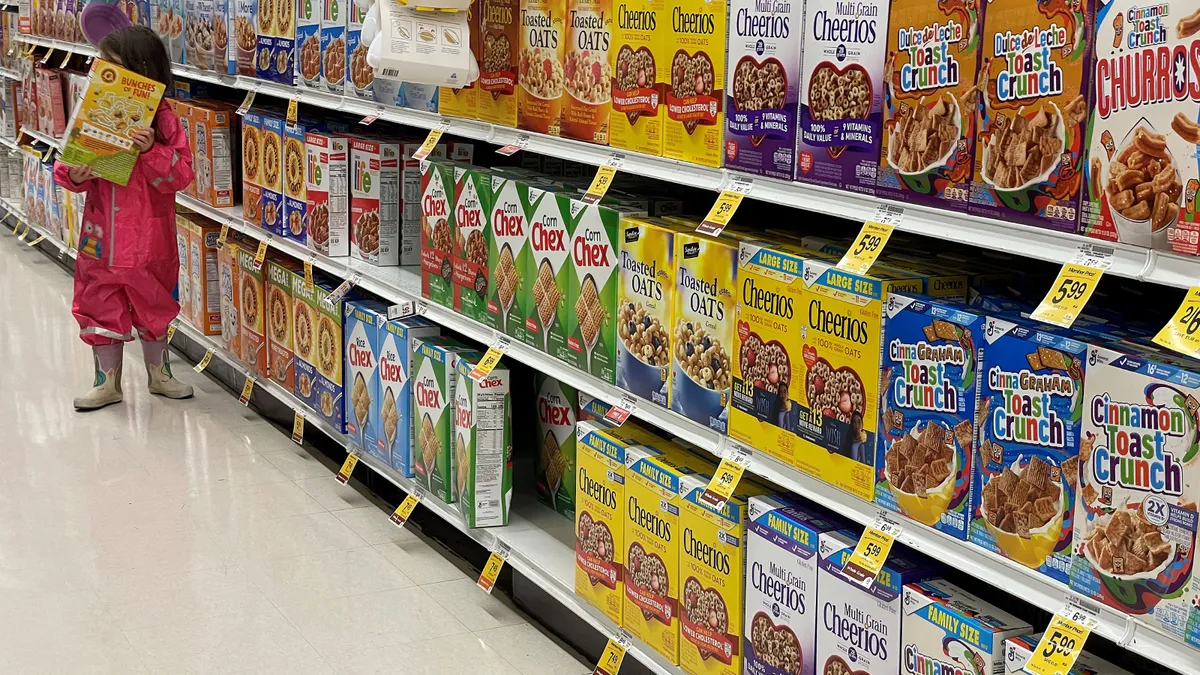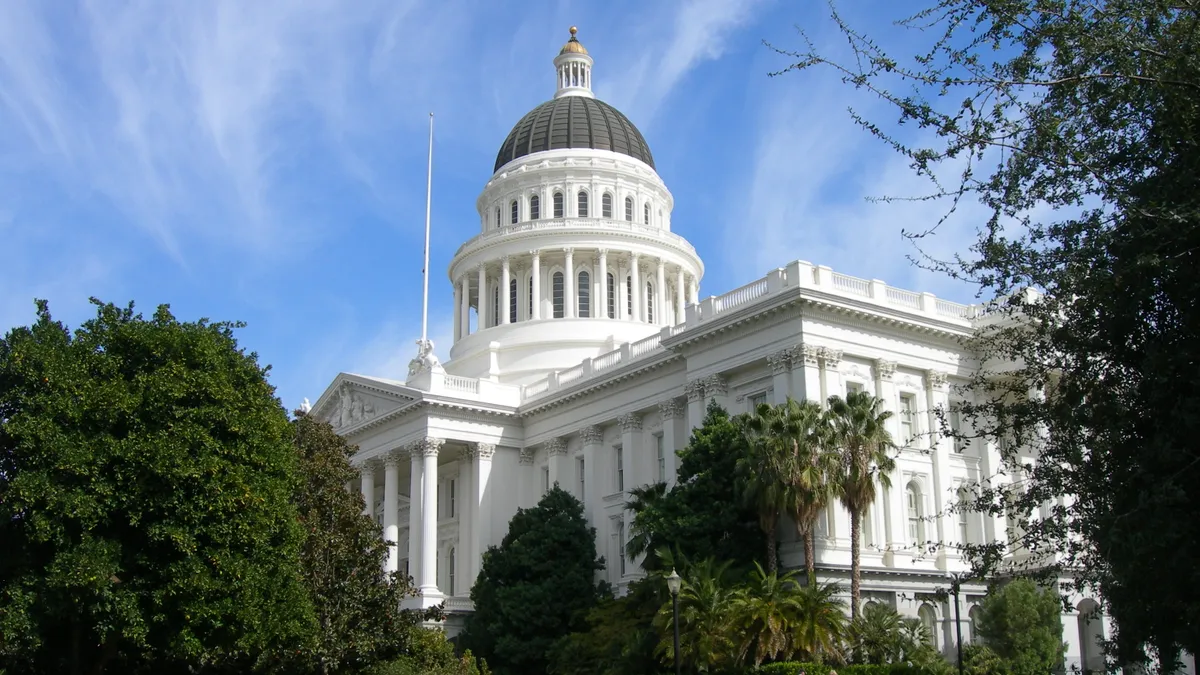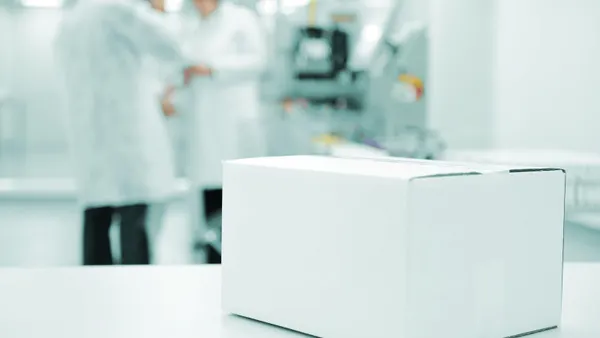Moving the needle on reuse can start with food ware, U.S. EPA officials discussed Wednesday.
“What we really need is systems change. We need to create and mobilize opportunities for thriving, large-scale reuse systems that make it easy for people and businesses to use and reuse over and over again,” said Jennie Romer, EPA’s first-ever deputy assistant administrator for pollution prevention, in remarks during an agency-led webinar on the topic.
The event featured speakers with updates and case studies from multiple EPA offices, the U.S. Department of the Interior, Department of Veterans Affairs, the Green Sports Alliance and more.
“We need reuse systems that are the norm, that are viable for the long term, that make economic sense, and that are easy for businesses and institutions to adopt. We're talking about reusable food ware here, but reuse systems could include bottle return and refill systems, and refill systems for packaged goods. But food ware is a great place to start,” Romer said.
EPA is looking at grants and wants to “invigorate additional work in the private sector,” Romer said. Between 2011 and 2021, EPA issued more than 500 pollution prevention, or P2, grants totaling over $50 million. 2021’s infrastructure law enabled another $100 million for P2 grants. “That's an investment in P2 grants far and above what we've ever seen before,” Romer said.
Perpetual, an organization working to help design and implement reusable food ware solutions, has partnered with Savannah and Chatham County, Georgia; Hilo, Hawai’i; Ann Arbor, Michigan; and Galveston, Texas, on projects to establish citywide reuse systems. Savannah’s program is currently in the design phase, while the others are in the system setup stage. The Galveston system is expected to be the first to launch, later this fall.
According to Perpetual — which handles project management, technical and system design expertise, and mobilizes funding — “citywide” is defined as more than 80% of restaurants offering at least one reusable item, ideally as a default. It also entails immersive messaging, with a city being a “vocal champion” of the program, and offering convenient collection points throughout a city. The programs also involve collaboration with selected reuse service providers, as well as corporate and academic partners.
“Local context of each city is really critical as well,” said Perpetual Executive Director Ellie Moss. Within each city, Perpetual also works closely with community organizations, environmental nonprofits, chambers of commerce, restaurant organizations and “everyone that has a stake in this system, being easy to use, affordable and successful.”
Hilo, for instance, received a more than $2.1 million grant from EPA last year toward creating a citywide reusable food ware system. At the time, the agency said intended program benefits included reducing people’s exposure to chemicals of concern found in disposable food ware and packaging. “Alternatives to disposable foodware are often not equitably available,” EPA said in the grant announcement. “A top priority is to create a system that is inclusive, convenient, and accessible to everyone.”
Perpetual is striving to make data-driven choices, Moss said. In Michigan, for instance, it’s working with the University of Michigan Center for Sustainable Systems on life cycle analysis to ensure system design results in superior environmental outcomes versus disposable items.
Reuse also shows up in multiple ways in EPA’s draft National Strategy to Prevent Plastic Pollution, which was released for public comment last April. It calls for conducting a study on the effectiveness of existing public policies and incentives upon reuse collection, recycling and conservation of materials, said Victoria Gonzalez, a co-lead for that strategy in EPA’s Office of Land and Emergency Management. There’s also a stated aim to expand capacity to maximize the reuse of materials, including through community funding and planning.
The agency hopes to release the final strategy later in 2024. “Many comments did request more actions on reuse systems. So we're exploring how to expand actions on reuse in the final strategy,” Gonzalez said.
As part of a “Pollution Prevention in Action” series, EPA previously hosted a webinar on using its sustainable procurement tools. The agency’s next session, on May 8, will address reducing PFAS in products.





